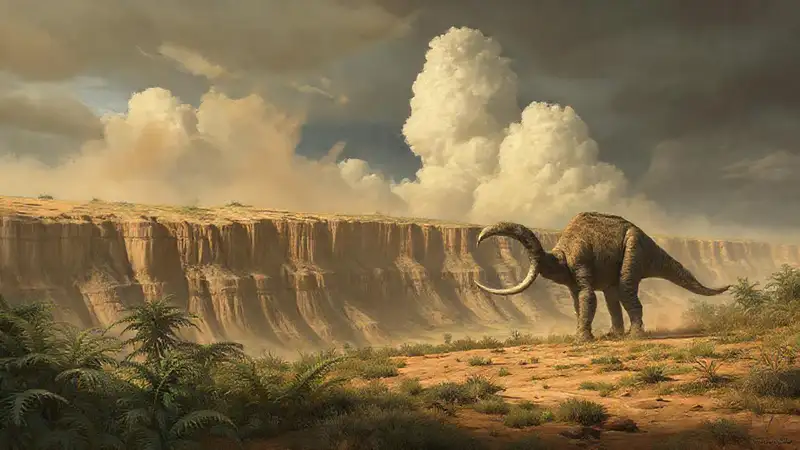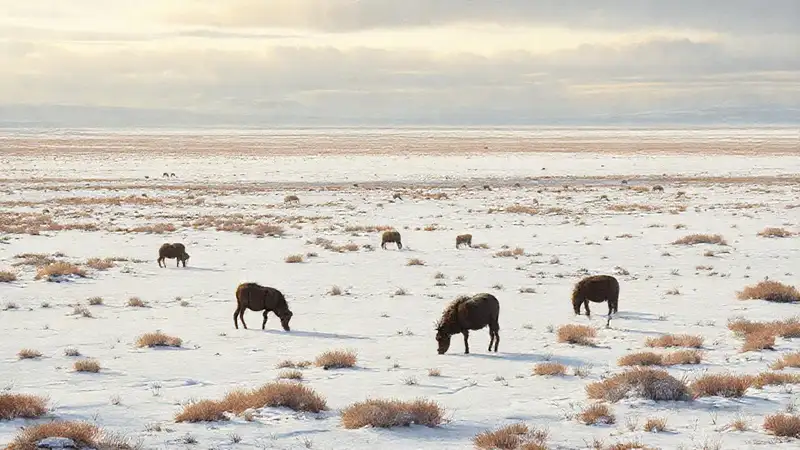The fossil record provides a rich, albeit incomplete, picture of the Mesozoic Era – the age of the dinosaurs. However, our understanding of the climate during this period is increasingly complicated by the recognition that it wasn't a uniform, stable environment. Significant climatic shifts occurred, including periods of extreme warmth, punctuated by abrupt cooling events. These fluctuations had profound effects on the ecosystems they supported, forcing dinosaurs and other creatures to adapt – or face extinction. Recent research increasingly focuses on the role of geological processes, particularly erosion, in shaping those landscapes and directly impacting the availability of vital resources.
Understanding these past environmental changes is crucial, not just for paleontologists, but also for tackling modern concerns about climate change. By studying how dinosaurs responded to drastic shifts in temperature and precipitation, we can glean insights into the potential consequences of the rapid climate alterations we are experiencing today. Furthermore, examining the role of erosion in altering food sources provides a vital, less-explored avenue of investigation into the resilience – or lack thereof – of ancient ecosystems.
Volcanic Activity and Greenhouse Gases
The Mesozoic Era was characterized by intense volcanic activity, particularly in the Central Atlantic Magmatic Province (CAMP). These colossal eruptions released vast quantities of greenhouse gases, primarily carbon dioxide, into the atmosphere. This dramatic increase in atmospheric CO2 led to a significant rise in global temperatures, creating a warmer, more humid climate. This warmth favored the proliferation of ferns, cycads, and other plants – many of which formed the base of dinosaur diets.
However, the initial boom was followed by a complex feedback loop. As these plants flourished, they absorbed massive amounts of CO2, partially mitigating the initial warming. Conversely, the immense quantities of volcanic ash and sulfate aerosols released into the atmosphere during eruptions initially reflected sunlight, causing temporary cooling. This 'volcanic winter' effect, combined with prolonged periods of high CO2, created a highly unstable climate system. The resultant fluctuations likely triggered mass extinctions, though the precise role of volcanism in those events remains a subject of debate.
Continental Drift and Climate Zones
The ongoing process of continental drift during the Mesozoic played a critical role in shaping global climate patterns. The breakup of Pangaea created vast ocean currents and dramatically altered prevailing wind patterns. Laurasia (North America, Europe, and Asia) and Gondwana (South America, Africa, Antarctica, and Australia) developed distinct climate zones.
The shifting continents influenced the distribution of plant life, subsequently impacting dinosaur migration patterns and resource availability. For example, the formation of the Isthmus of Panama, connecting North and South America, effectively closed the ancient seaways, further isolating ecosystems and driving evolutionary divergence. Understanding these continental movements is vital to reconstructing the climatic mosaic of the Mesozoic and recognizing how changing topography contributed to dinosaur survival challenges.
Soil Erosion and Vegetation Loss

As temperatures fluctuated and rainfall patterns shifted, the stability of many terrestrial ecosystems was compromised. Increased erosion, fueled by heavy rainfall and storms, stripped away topsoil, reducing soil fertility and hindering plant growth. This particularly affected areas with already fragile vegetation, such as floodplains and river valleys – key habitats for many dinosaur species.
The loss of plant cover, in turn, reduced the amount of carbon absorbed from the atmosphere, further exacerbating climate warming. Furthermore, the removal of vegetation left the soil vulnerable to further degradation, creating a positive feedback loop of environmental decline. Evidence of increased erosion – identified through sedimentary layers and fossil pollen – is increasingly found alongside dinosaur remains, suggesting a direct link between environmental instability and dinosaur population declines.
The Impact on Herbivore Diets
The combination of vegetation loss due to erosion and changing plant communities directly impacted the diets of herbivorous dinosaurs. Large herbivores, such as sauropods and ornithopods, relied heavily on specific plant types. As those plants disappeared due to shifting climate and soil degradation, these dinosaurs faced food shortages and struggled to maintain their massive sizes.
Smaller, more adaptable herbivores, capable of exploiting a wider range of plant resources, fared better. The transition to a more diverse, but less abundant, food supply likely contributed to the evolution of new feeding strategies and smaller body sizes in some dinosaur lineages. Ultimately, this dietary stress likely played a significant role in the selective pressures driving evolutionary change during the Mesozoic.
Conclusion
The evidence increasingly points to a dynamic and unstable climate during the age of the dinosaurs, heavily influenced by geological processes like volcanic activity and continental drift. It’s clear that erosion wasn't just a geological phenomenon, but a key driver of environmental change, profoundly impacting vegetation, food availability, and dinosaur populations.
By studying these ancient climate dynamics and their repercussions, we gain a valuable perspective on the complex interplay between Earth’s systems and the life that inhabits them. The story of the dinosaurs serves as a powerful reminder that even the most dominant species are vulnerable to environmental shifts, a lesson that holds particular relevance in our current era of accelerating globalization and climate change.





Deja una respuesta